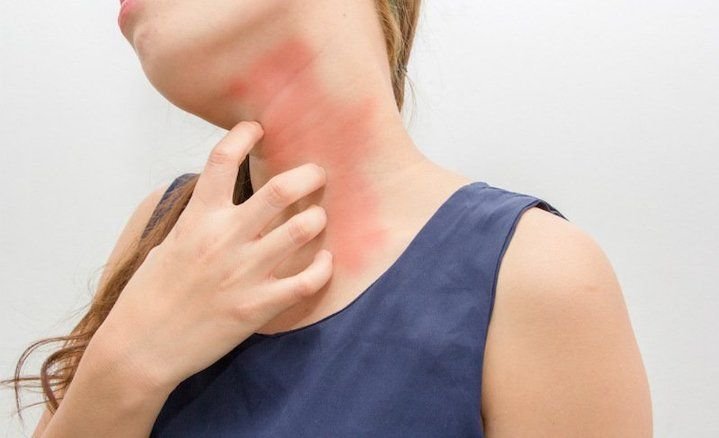urticaria treatment
Treatment for Urticaria
While most cases of urticaria resolve on their own, treatment can help alleviate symptoms, especially in more severe or persistent cases.

1. Antihistamines
The primary treatment for urticaria is the use of antihistamines. These medications block histamine, a chemical released during allergic reactions that contributes to itching, swelling, and welts.
- Non-sedating antihistamines (e.g., loratadine, cetirizine, desloratadine) are commonly used, as they are less likely to cause drowsiness.
- Sedating antihistamines (e.g., diphenhydramine) may be used for more severe symptoms or if sleep disturbance is an issue, but they can cause drowsiness.
2. Corticosteroids
For severe cases of urticaria, especially if symptoms are persistent or affecting quality of life, a short course of oral corticosteroids (e.g., prednisone) may be prescribed. These drugs reduce inflammation and swelling.
- Topical corticosteroids: These may be used for localized reactions, but their use is generally limited in urticaria treatment.
3. Leukotriene Modifiers
For chronic or difficult-to-treat urticaria, leukotriene receptor antagonists (e.g., montelukast) may be prescribed. These medications block the action of leukotrienes, chemicals involved in the inflammatory response.
4. Biologic Therapy
For cases of chronic urticaria that do not respond to antihistamines or corticosteroids, biologic therapies such as omalizumab (Xolair) may be recommended. This medication works by targeting IgE antibodies, which play a significant role in allergic reactions and urticaria.
5. Avoiding Triggers
In many cases, identifying and avoiding triggers can help manage and reduce urticaria flare-ups. Common triggers include:
- Foods: Nuts, shellfish, eggs, dairy, and some fruits like strawberries.
- Medications: Certain antibiotics, NSAIDs, and aspirin.
- Environmental factors: Pollen, dust mites, and animal dander.
- Physical triggers: Heat, pressure, cold, and exercise.
Keeping a symptom diary to track food intake, medications, and activities can help identify patterns and potential triggers.
